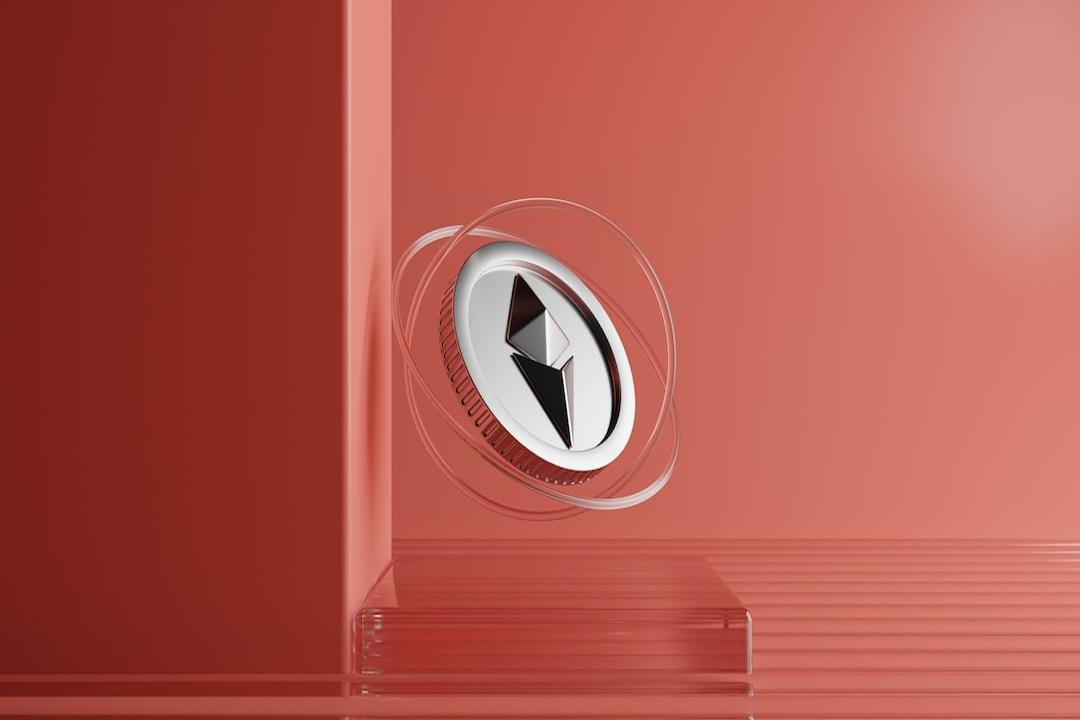Independent musicians in the music industry face numerous obstacles when it comes to gaining recognition and financial stability. The centralized nature of Web2 platforms like Spotify, Apple Music, and SoundCloud has contributed to these challenges. While these platforms initially seemed promising for exposure, they have fallen short in terms of fair compensation and control for indie musicians.
One of the main issues lies in the way streaming services distribute revenue. Artists receive only a small portion of the earnings, with record labels often negotiating higher payouts than indie musicians. Spotify, for example, reportedly pays between $0.003 and $0.005 per stream in 2024, which highlights the disparity.
To add to the difficulties, Spotify’s recent policy change discontinues royalties for tracks that receive fewer than 1,000 streams in a year. While technically these tracks still accumulate royalties, the funds are redirected towards bigger artists, creating a significant barrier for indie musicians trying to establish themselves and build a fanbase.
Another challenge for indie artists is building a loyal following. The market is saturated with independent musicians vying for attention, and it takes time, money, and effort to create a personal brand and effectively use social media platforms to connect with fans.
However, there is hope in the form of Web3 and nonfungible tokens (NFTs). NFTs have the potential to transform the indie music industry by allowing artists to sell songs, albums, or exclusive digital content directly to their fans. By bypassing intermediaries like record labels and streaming platforms, artists can earn a larger share of the revenue generated by their work. NFTs also foster a sense of community and ownership between artists and fans.
Despite the promise of music NFTs, there are limitations to the current models. Most existing music NFTs can only represent a single song, which is inflexible for musicians who typically release multiple songs as part of an album or playlist. Additionally, current music NFTs are static and cannot be updated or changed, limiting the artist’s ability to evolve their music and engage with fans.
To address these limitations, the Itheum Protocol introduces dynamic Data NFTs. This technology allows musicians to transform static or dynamic data assets into NFTs that can be updated over time. This capability enhances fan engagement by offering features like unlocking additional content upon interaction. Music Data NFTs also give artists greater control over distribution and royalty structures.
Itheum envisions Music Data NFTs operating seamlessly across various blockchains, enabling artists to access diverse NFT ecosystems and reach a broader audience. Musicians can showcase their Music Data NFTs on NF.Tunes, a Web3 music portal built on Itheum Protocol’s technology. This platform allows fans to explore and listen to new music while engaging with artist communities.
By addressing the limitations of current NFT models, Itheum Protocol paves the way for a more artist-centric future in the music industry. Indie musicians can not only navigate the complex world of music but thrive in it with the help of Music Data NFTs.

